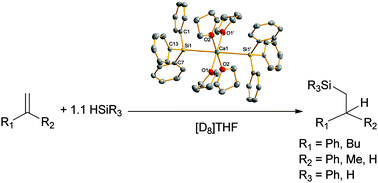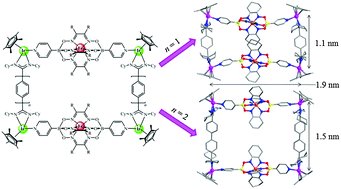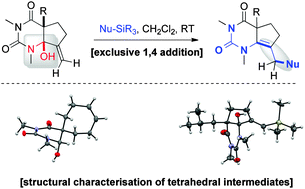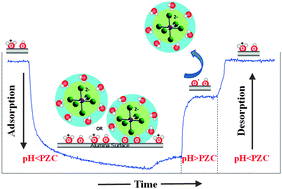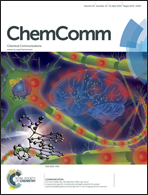 |
Read on to find out which ChemComm articles your colleagues were downloading in 2013!
Facile preparation and upconversion luminescence of graphene quantum dots
Jianhua Shen, Yihua Zhu, Cheng Chen, Xiaoling Yang and Chunzhong Li
DOI: 10.1039/C0CC04812G
Graphene quantum dots: emergent nanolights for bioimaging, sensors, catalysis and photovoltaic devices
Jianhua Shen, Yihua Zhu, Xiaoling Yang and Chunzhong Li
DOI: 10.1039/C2CC00110A
A route to drastic increase of CO2 uptake in Zr metal organic framework UiO-66
Cher Hon Lau, Ravichandar Babarao and Matthew R. Hill
DOI: 10.1039/C3CC40470F
Reduction of graphene oxide viaL-ascorbic acid
Jiali Zhang, Haijun Yang, Guangxia Shen, Ping Cheng, Jingyan Zhang and Shouwu Guo
DOI: 10.1039/B917705A
Porous salts based on the pamoate ion
Helene Wahl, Delia A. Haynes and Tanya le Roex
DOI: 10.1039/C2CC14753J













